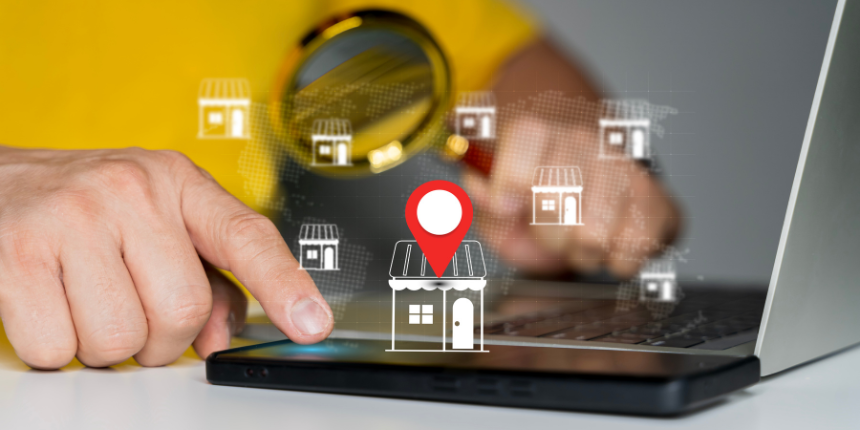
Maximize your local presence through strategic location management.

During the past two years, we’ve witnessed a significant change in businesses with both ecommerce functionality and a high-street footprint.
Two years ago, the split between ecommerce and retail teams was obvious in the brands we met. The lines were clear demarcated – anything website based was considered ecommerce, while store performance was considered the responsibility of the retail teams – (while there are many different naming conventions for teams and business units, for the purpose of consistency, this post will stick with ecommerce vs. retail.)
When meeting these brands, the first thing DAC worked to establish was who or which team was responsible for specific channels. Usually local search/local SEO/maps listings (however you choose to name the channel), was treated as an afterthought and managed by the ecommerce team.
Generally, most local listings pointed to the brand’s homepage: when we questioned why, the answer usually given was that it was managed by the ecommerce team, and they wanted users to be exposed to the latest communications/promotions to generate ecommerce revenue.
Our problem with this is that it doesn’t answer the user’s query; if the user is searching for a location, you need to serve the store page. Generally, ecommerce teams are not aware that they are servicing stores with their activity because they are singularly focused on meeting their targets.
This blind spot pushed us to ask:
“But how do you manage location based keywords and searches via PPC?”
The usual answer:
“We don’t target these keywords.”
In most cases, we were then able to demonstrate to the brand how they were, in fact, picking up these searches via phrase match.

In most cases, ecommerce teams were working with their retail team without even knowing it. Seeing as they were spending PPC budget on these terms, we’d ask why not serve a more relevant ad or local listing landing page to the user?
When it comes to local, we’d specifically ask how the business submits changes to Google, Bing, Apple, Facebook etc. This process is especially important during seasonal periods, when opening hours are changed. In most cases, opening hours were changed on the website by the retail team, but this is often fails to reflect on search engines and directories. The retail team doesn’t even consider the various digital tools available to them to help footfall; they are unaware that these listings often point to the homepage and not the store page.
This is a massive oversight; incorrect opening hours result in negative reviews. Many brands we’ve met over the past two years have had no visibility of these reviews, let alone responded to them.
Breaking down silos?
Subscribe to our monthly newsletter.
All of this confusion and oversight between teams has been brought to light by the development of smartphones and the rise in localised search this has prompted. This has forced internal teams to work together and break down silos.
Today, our conversations with brands are much more open and efficient. Both teams are included to ensure the business:
The rise in local and the gaps in tracking online to offline means teams are having to work together to execute best practices, achieve a common goal and drive revenue. It isn’t the job of internal teams to push a user down a specific path, ecommerce vs. high street; brands must answer queries and give the user options and solutions. Whether it is ecommerce, click and collect or store details, the goal is still to drive revenue for the business.
To help plug the gap between online and offline, DAC has developed landing page technology that means we are able to serve specific offers on the store locator pages that can then be redeemed in store. These offers are specific for each channel, so they can be tracked back to the activity, whether PPC, SEO, Local etc.
While it’s great that silos are being broken down, this will be the next leap for businesses with both ecommerce and retail. Brands must ask themselves: “How can we get a better grasp of store footfall and revenue that has been influenced by digital channels?”
The truth is, brands that are agile and able to push the relevant changes on their website and store pages will push ahead of the curve.
For more information on how dynamic landing pages can help your business, get in touch or call your local office.
Maximize your local presence through strategic location management.
Maximize your local presence through strategic location management.
Subscribe to our monthly newsletter.